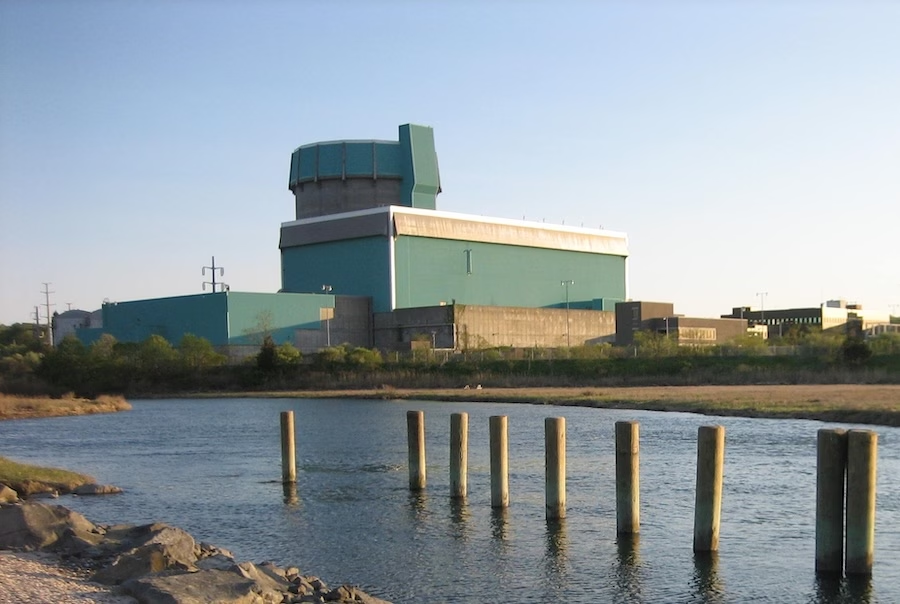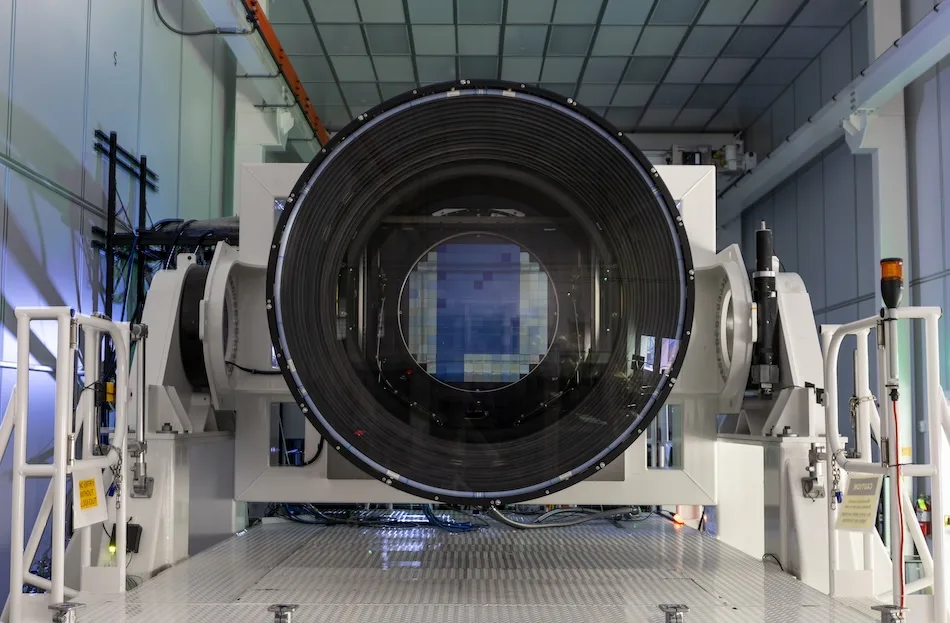The long-dormant Shoreham Nuclear Power Plant site is poised to play a new role in Long Island’s energy future. The Long Island Power Authority (LIPA) has approved a 20-year contract with developer Key Capture Energy to build a 50-megawatt battery energy storage system (BESS) on a two-acre section of the 57-acre property, bringing state-of-the-art clean energy technology to a site once marked by controversy and cancellation.
The Shoreham project is one of two battery storage contracts awarded by LIPA in December—chosen from a pool of 78 proposals submitted through its 2021 Bulk Storage Request for Proposals. The second project is a 79 MW facility in Hauppauge. Both are intended to help LIPA meet clean energy mandates and prepare for the retirement of aging fossil fuel peaker plants.
The new Shoreham facility, known as “KCE NY 31,” will connect to the existing Shoreham Substation and provide 200 megawatt-hours of energy storage with a four-hour discharge duration. Construction is expected to be completed by 2028.
A Modest Rate Impact—but Not Without Concern
Over the 20-year contract, the average residential ratepayer is expected to see a cost increase of approximately $0.11 per month. While LIPA has framed the increase as minimal—just over a dollar per year—Long Islanders may view any rate hike warily. The region already endures some of the highest electricity costs in the country, and public sentiment often leans critical of new utility fees, regardless of their environmental justification.
Nonetheless, state and utility leaders stress that battery storage is vital for ensuring a stable and responsive electric grid in the face of rising demand and increasing reliance on renewables.
“Energy storage is essential to delivering reliable and affordable power as we increasingly switch to renewable energy sources and electrify our buildings and transportation systems,” said John Rhodes, acting CEO of LIPA.
A Site with a Complicated Legacy: The Shoreham Nuclear Power Plant
The Shoreham Nuclear Power Plant was constructed in the 1970s by the Long Island Lighting Company (LILCO) and decommissioned in the 1990s after never entering full commercial service. Public opposition intensified following the 1979 Three Mile Island nuclear accident, and Shoreham’s fate was sealed amid concerns over safety, evacuation plans, and cost overruns.
Since then, the site has remained in LIPA’s hands and now hosts a 138 kV substation and the terminal for the 330 MW Cross Sound Cable, which connects Long Island to electricity suppliers in Connecticut. The new battery facility will occupy a two-acre corner on the west side of the property, adjacent to over 300 acres of wooded land owned by National Grid.
Key Capture Energy will lease the parcel from LIPA at fair market value. The utility also retains the option to purchase the facility after seven years, terminating the lease if that option is exercised.
A Technology Upgrade with Safety in Mind
The BESS will use lithium-iron-phosphate (LFP) batteries—a chemistry increasingly favored in utility-scale projects for its thermal stability and lower fire risk compared to older lithium-ion technology. The four-hour battery duration makes it ideal for storing solar or wind power during off-peak hours and discharging it during high-demand periods, bolstering grid flexibility.
In response to past fire incidents at smaller BESS sites in New York, including one in East Hampton in 2023, the state convened an Inter-Agency Fire Safety Working Group. LIPA confirmed that both the Shoreham and Hauppauge projects have incorporated the group’s fire safety recommendations to date. The developer, Key Capture Energy, also conducted outreach with local fire marshals and hazmat coordinators during the planning process.
Competitive Process for a Familiar Site
The Shoreham project was one of only two selected for final negotiation out of five shortlisted proposals and 78 total bids submitted through the 2021 RFP. It arrives at a time when several Long Island municipalities—including Islip, Southampton, and Southold—have enacted moratoriums on BESS development amid local concerns over siting, zoning, and fire safety.
Key Capture Energy previously encountered pushback in towns like Cutchogue and Southampton, where large-scale battery storage proposals led to zoning reviews and halted projects. In contrast, the Shoreham Nuclear Power Plant site already contains critical energy infrastructure and is zoned for utility use, which may ease permitting hurdles.
The developer still must secure final approvals from the Town of Brookhaven and the State of New York, as the contract now moves to the offices of the Attorney General and the State Comptroller for review.
Energy Storage’s Role in Long Island’s Future
The project supports the state’s Climate Leadership and Community Protection Act, which sets targets of 70% renewable electricity by 2030 and a 100% carbon-free grid by 2040. New York’s energy storage goal was originally 3,000 MW by 2030 but has since doubled to 6,000 MW.
“These facilities will be critical as the needs of the local electric grid are changing—in preparation for additional offshore wind generation and the retirements of existing fossil fuel peaking plants,” LIPA noted in its project documentation.
Environmental groups and clean energy advocates have praised the Shoreham and Hauppauge projects. Adrienne Esposito of Citizens Campaign for the Environment called battery storage “a critical transition away from dirty, polluting peaking plants” and emphasized its role in creating a more resilient energy grid.
Pending final approvals, the Shoreham Nuclear Power Plant site—once a flashpoint in the national debate over nuclear energy—could finally find long-term purpose in powering Long Island’s clean energy transition.
Photo: meta nemegi – Paul Searing, CC BY 2.0, via Wikimedia Commons




